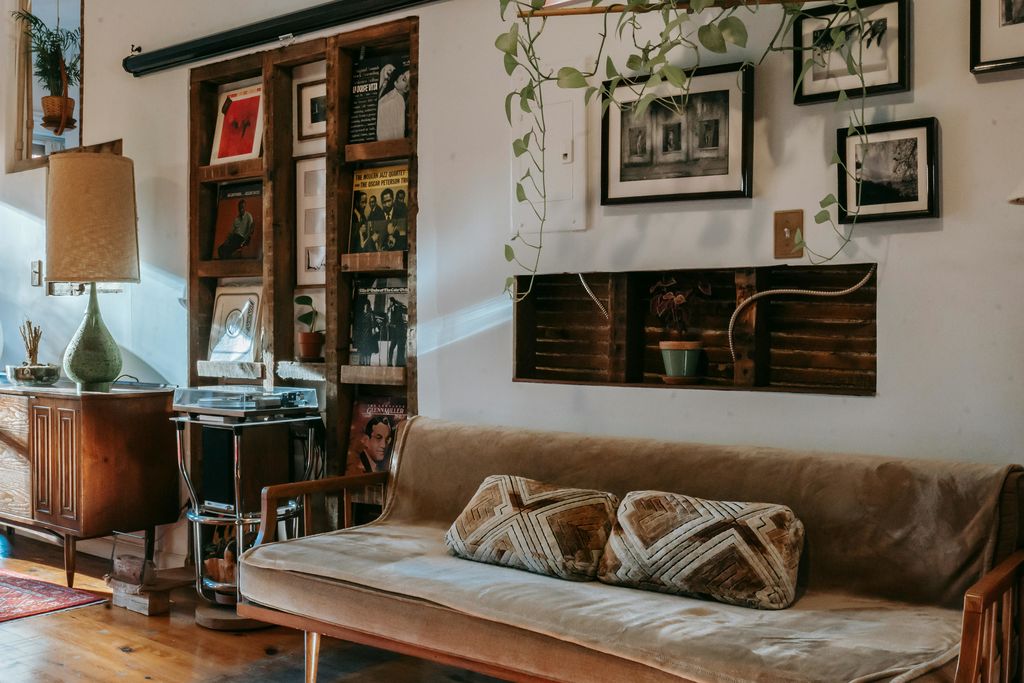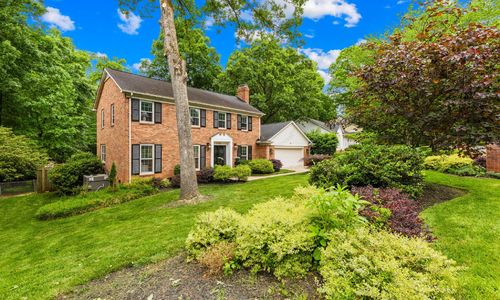The Great Real‑Estate Gridlock
Open any real‑estate app today and you’ll see the symptoms: limited inventory, bidding wars in mid‑tier suburbs, and home prices that stubbornly refuse to cool even with mortgage rates north of 6 percent.
One of the biggest culprits is hiding in plain sight: baby boomers, nearly half of whom say they will never sell their homes. That single fact is reshaping everything from starter‑home availability to the future of renovation trades.
In this deep dive, we’ll break down why boomers are staying put, how that decision ripples through the market, and what buyers, sellers, and policy makers can do about a housing ecosystem increasingly defined by generational forces.
Meet the “Never‑Sell” Generation
A recent Redfin survey found that 43 percent of baby boomers (people born 1946‑1964) plan to stay in their current homes for life. Their reasons are pragmatic as much as emotional:
Top Reason | Percentage | What It Means |
Home is fully or almost paid off | 42 % | Owning free‑and‑clear lowers monthly living costs—hard to walk away from in a high‑inflation world. |
Love of current neighborhood | 38 % | After decades in the same ZIP code, social networks and routines are fixed. |
Can’t stomach today’s prices | 30 % | Trading a sub‑3 % mortgage for 6‑7 % feels like financial sabotage. |
Don’t want to lose ultra‑low rate | 18 % | Many refinanced in 2020‑21 at historic lows that will be impossible to replicate. |
These motives create a perfect storm: older owners are dis‑incentivized to move precisely when younger families need the larger, entry‑level inventory they occupy.
How We Got Here: Mortgage Math & Market Psychology
Ultra‑Cheap Debt, Then a Shock Rise
- 2020‑2021: 30‑year fixed mortgage rates fell below 3 percent, sparking a refi boom.
- 2022‑2024: Rapid Fed hikes pushed those same rates above 6 percent.
For a boomer with a $400,000 balance, the monthly principal‑and‑interest payment at 2.75 percent is roughly $1,633. At 6.75 percent it balloons to $2,595—a $11,500 annual cost increase.
Result: Staying put looks like an annuity.
The “Turnover Desert”
Redfin’s 2024 turnover analysis showed only 25 of every 1,000 homes changed hands in the first eight months of that year—the lowest churn in decades. Less supply means stiffer competition for what is listed, sustaining upward price pressure even as affordability craters.
Psychology of Attachment
Beyond dollars, boomers enjoy the intangible benefits of familiarity: community ties, established healthcare networks, and the pride of a home often improved over decades. Moving isn’t just a transaction; it’s a lifestyle overhaul and few relish that upheaval after 60.

The Generational Ownership Gap
Demographics magnify the logjam.
Age Cohort | Share of U.S.Population (2024) | Share of Homeowners |
Baby Boomers (60‑78) | 20 % | 37 % |
Gen X (45‑59) | 19 % | 31 % |
Millennials (29‑44) | 23 % | 24 % |
Gen Z (18‑28) | 15 % | 5 % |
In 2008, Americans over 55 owned 44 percent of homes. By 2023, that figure had climbed to 54 percent. Meanwhile, the 35‑54 cohort saw its share tumble from 42 percent to 34 percent.
Translation: first‑time and move‑up buyers are fighting for a shrinking slice of an already tight pie.
Will Boomers’ Homes Ever Flood the Market? The Mortality Myth
A popular Twitter trope predicts a “silver tsunami” that will dump millions of boomer‑owned properties onto the market, collapsing prices. Reality check:
- Mortgage Bankers Association (MBA) model: Boomer mortality will add net excess supply of roughly 250,000 units over the next decade.
- U.S. housing stock is about 145 million units; even a quarter‑million trickle barely moves the inventory needle.
- Demand also falls as populations age, keeping market equilibrium surprisingly stable.
Bottom line: Don’t expect a bargain‑basement bonanza anytime soon.

The Hidden Renovation Time Bomb
Baby boomers aren’t just holding houses; they’re holding older houses:
- 73 percent have lived in the same home 11 years or more.
- Over 50 percent occupy homes built before 1980—and most have never done a major renovation.
When these properties do hit the market—whether through estate sales, downsizing, or sudden life events—many will need upgrades to meet modern efficiency, accessibility, and safety standards. Jon Bostock, CEO of Leaf Home, warns of a looming “renovation crisis” that could strain contractor capacity and inflate rehab costs just as millennials finally gain purchase power.
What Today’s Buyers Can Do
- Shift Your Search Radius
- Secondary metros and outer‑ring suburbs often show higher turnover.
- Use “set a commute tolerance” rather than a rigid ZIP code filter.
- Embrace the Fixer‑Upper
- FHA 203(k) and Fannie Mae Homestyle loans wrap renovation costs into the mortgage.
- Negotiate seller credits for dated mechanicals (HVAC, roofs).
- Partner Up
- Co‑buying with friends or family spreads down‑payment and maintenance costs.
- Multigenerational layouts can house both aging parents and young kids, creating hybrid solutions.
- Stack Grants & Tax Credits
- First‑time‑buyer grants can be layered with energy‑efficiency tax credits for solar, heat pumps, and insulation—shrinking the affordability gap.

Advice for Would‑Be Sellers & Current Homeowners
If you’re a Boomer on the Fence:
- Run the “true cost to move” worksheet. Factor property taxes, insurance, HOA fees, and closing costs on both ends.
- Leverage your equity creatively. A cash‑out refi at 3 percent is off the table, but a reverse‑mortgage line of credit can fund in‑place renovations without monthly payments.
- Plan accessibility ahead of time. Installing grab bars, zero‑threshold showers, and wider doorways now costs less than emergency retrofits after a fall.
If You’re Ready to List:
- Pre‑inspect & pre‑quote. Buyers accustomed to turnkey listings will exaggerate repair estimates; neutralize that by providing contractor quotes up front.
- Stage for multigenerational appeal. Highlight separate entrances, bonus rooms convertible to in‑law suites, or ADU potential.
Investors & Policy Makers: Navigating the New Normal
For Small‑Portfolio Investors
- Target mid‑century supply. Homes built 1950‑1975 often have solid bones but dated finishes—exactly the inventory likely to transfer in estate sales.
- Pair acquisition with value‑add energy retrofits to capture both appreciation and utility savings.
For Local Governments
- Ease ADU regulations. Allowing accessory dwelling units lets boomers age in place while adding rental supply.
- Offer renovation tax abatements conditioned on affordable rents, steering investors toward “missing‑middle” housing.
For Federal Policy Makers
- Re‑evaluate mortgage portability. A policy allowing homeowners to carry a portion of their existing low‑rate mortgage into a new purchase could free locked‑in inventory without spiking systemic risk.
- Expand down‑payment assistance for first‑generation homeowners, not just first‑time buyers, bridging the racial and generational wealth divide.
Conclusion: A Tug‑of‑War That’s Reshaping the American Dream
The United States has long celebrated the ideal of trading up: start small, build equity, then move into your forever home. Baby boomers largely achieved that arc—and now they’re staying in the spoils, creating a feedback loop that keeps younger cohorts on the sidelines.
Yet markets, like generations, evolve. The coming decade will reward flexibility: buyers willing to rehab, sellers who modernize strategically, and policy makers ready to rethink mortgage structures for a world where 30 percent of the housing stock may be owned by retirees on fixed incomes.
Whether you’re hunting for a first home, deciding when to cash out, or crafting housing policy, one truth is clear: the housing market is now a story of generational choices. Learn to read those choices, and you’ll navigate, perhaps even profit from, the great real‑estate gridlock.




